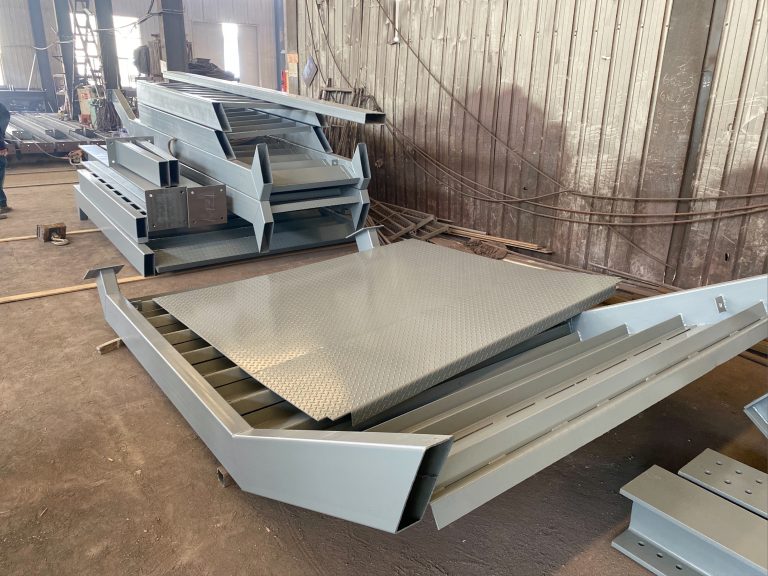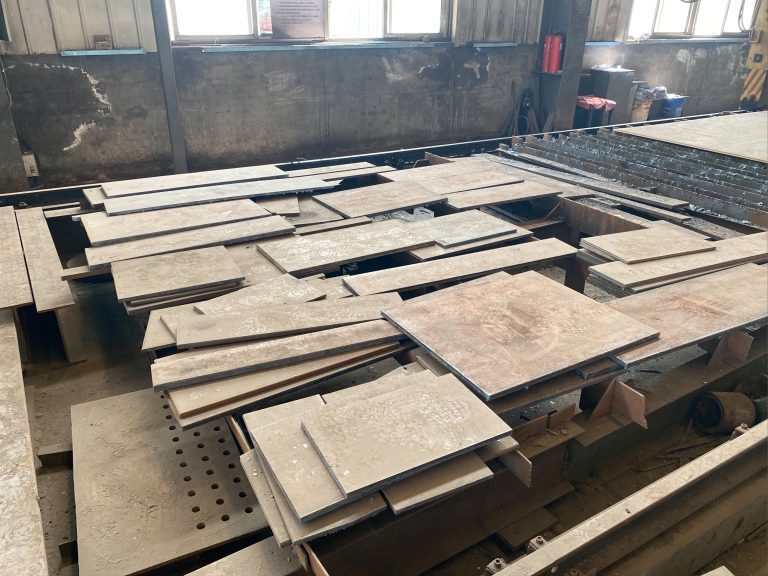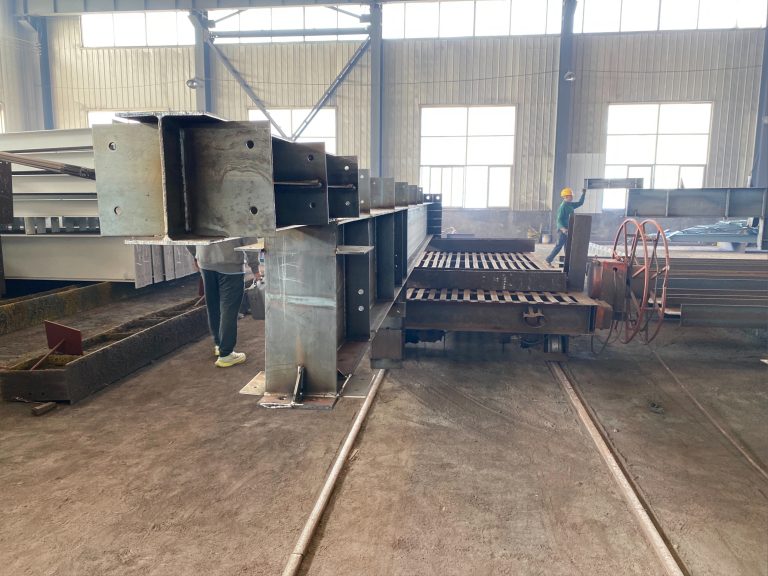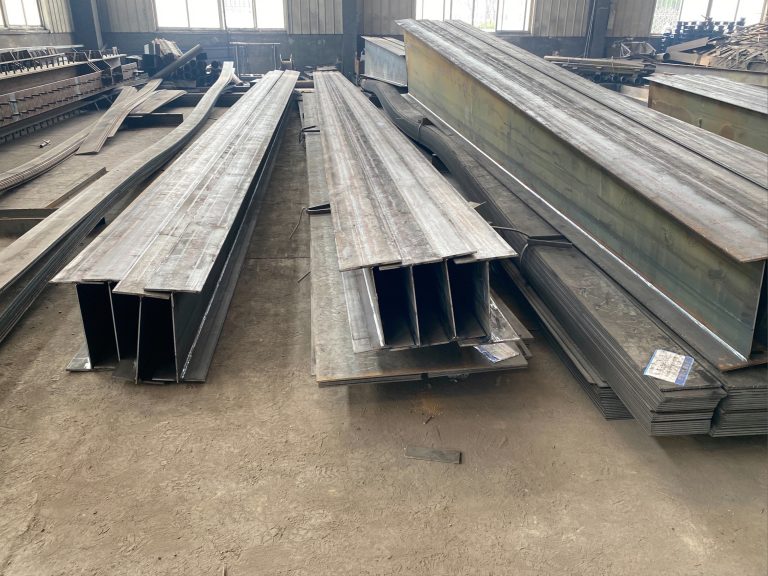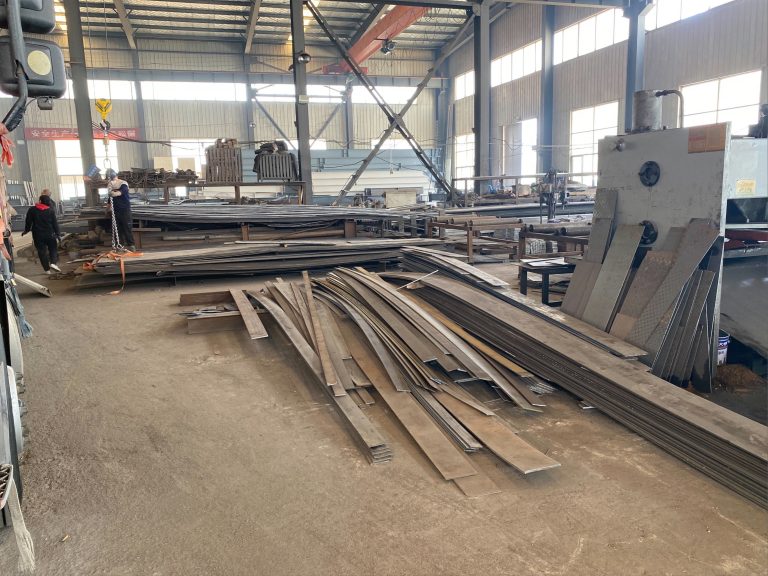Welding technology and welding quality control of steel structure
Table of Contents
Advancements in Welding Technology for Steel Structures
Welding technology plays a crucial role in the construction of steel structures, as it is the primary method used to join various components together. The quality of the welds is essential to ensure the structural integrity and safety of the finished product. Advancements in welding technology have made significant improvements in the quality control of steel structures, leading to stronger and more durable constructions.
One of the key advancements in welding technology is the use of automated welding systems. These systems use computer-controlled robots to perform the welding process, resulting in more precise and consistent welds. Automated welding systems can also work faster than manual welding, increasing efficiency and reducing production time. This technology has revolutionized the welding industry, allowing for higher quality welds and improved overall structural integrity.
Another important advancement in welding technology is the development of advanced welding techniques, such as laser welding and friction stir welding. These techniques offer several advantages over traditional welding methods, including higher welding speeds, lower heat input, and improved weld quality. Laser welding, for example, uses a high-energy laser beam to melt and fuse the materials together, resulting in a strong and precise weld. Friction stir welding, on the other hand, uses a rotating tool to create friction and heat, which softens the materials and allows them to be joined together.
In addition to advancements in welding technology, quality control measures have also improved significantly in recent years. Non-destructive testing methods, such as ultrasonic testing and radiographic testing, are now commonly used to inspect welds for defects and ensure their quality. These methods allow inspectors to detect flaws in the welds without damaging the structure, providing a more accurate assessment of the weld quality.
Furthermore, advancements in welding technology have led to the development of new welding consumables and materials that improve the quality of the welds. For example, the use of high-strength welding wires and fluxes can increase the strength and durability of the welds, making them more resistant to corrosion and fatigue. These materials also help reduce the risk of defects, such as porosity and cracking, which can compromise the integrity of the weld.
Overall, advancements in welding technology have greatly improved the quality control of steel structures, leading to stronger and more durable constructions. Automated welding systems, advanced welding techniques, and non-destructive testing methods have all contributed to the advancement of welding technology and the quality of welds. By incorporating these advancements into the construction process, engineers and fabricators can ensure that steel structures are built to the highest standards of quality and safety.
Importance of Quality Control in Welding Steel Structures
Welding technology plays a crucial role in the construction of steel structures. It is a process that involves joining two or more metal pieces together by heating them to a melting point and then allowing them to cool, creating a strong bond. However, the quality of the weld is essential to ensure the structural integrity and safety of the steel structure. This is where welding quality control comes into play.
Quality control in welding is the process of ensuring that the welds meet the required standards and specifications. It involves inspecting the welds for defects such as cracks, porosity, and lack of fusion, among others. By implementing quality control measures, manufacturers can ensure that the steel structure meets the necessary safety and performance standards.
One of the key aspects of welding quality control is the use of advanced welding technology. Advances in welding technology have made it possible to produce high-quality welds with greater efficiency and accuracy. For example, robotic welding systems can perform welds with precision and consistency, reducing the likelihood of defects. Additionally, the use of advanced welding techniques such as laser welding and friction stir welding can produce welds with superior strength and durability.
Another important aspect of welding quality control is the training and certification of welders. Welders must undergo rigorous training to ensure that they have the necessary skills and knowledge to produce high-quality welds. Additionally, welders must be certified to demonstrate their proficiency in welding techniques and procedures. By ensuring that welders are properly trained and certified, manufacturers can be confident that the welds meet the required standards.
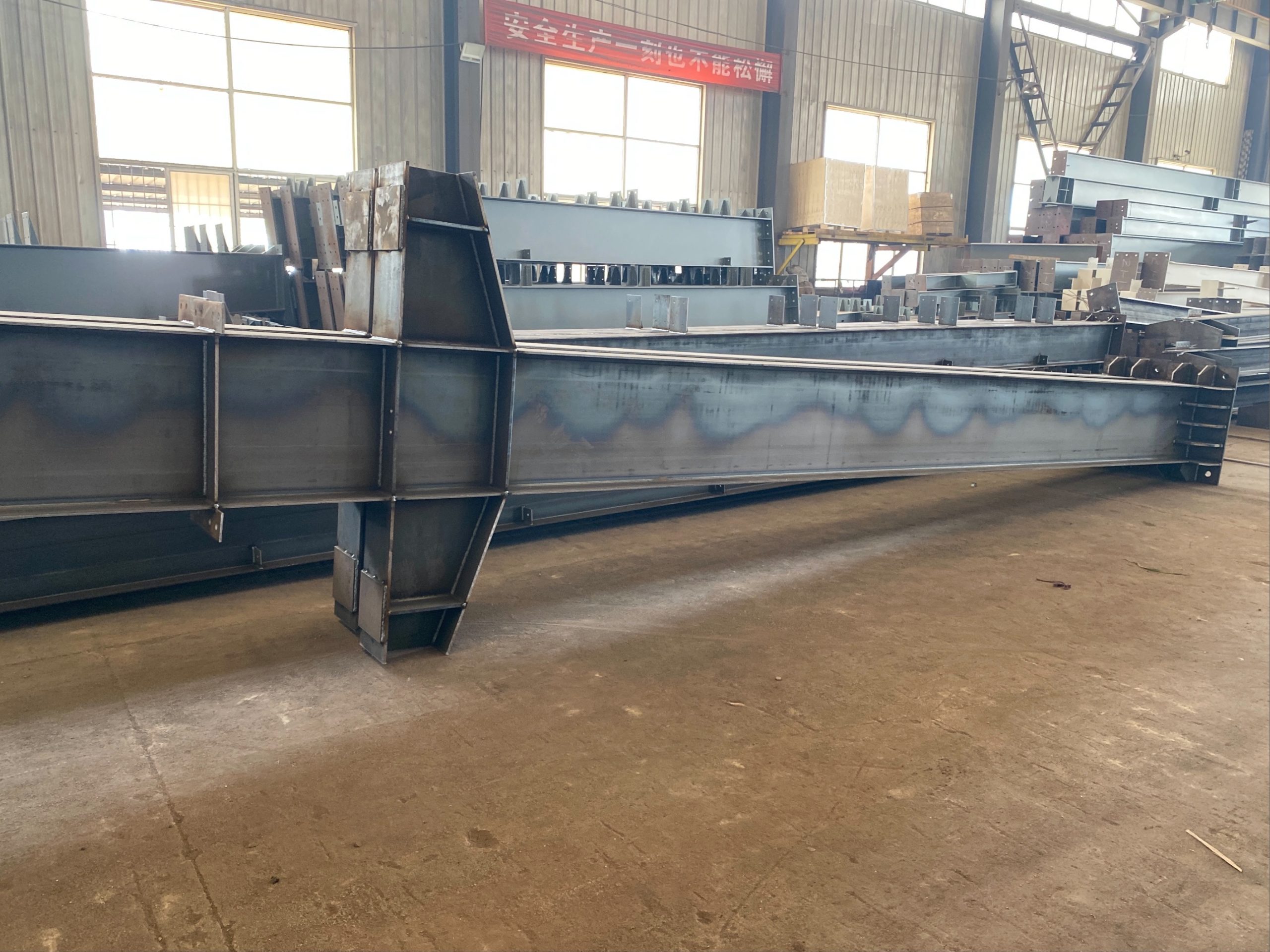
In addition to advanced welding technology and trained welders, quality control in welding also involves the use of inspection and testing techniques. Non-destructive testing methods such as ultrasonic testing, radiographic testing, and magnetic particle testing can be used to detect defects in welds without damaging the structure. By conducting thorough inspections and tests, manufacturers can identify and correct any defects before they compromise the integrity of the steel structure.
Furthermore, quality control in welding also involves the use of quality management systems. These systems help manufacturers establish and maintain quality control procedures to ensure that the welds meet the required standards. By implementing quality management systems, manufacturers can track and document the welding process, identify areas for improvement, and ensure that the welds meet the necessary specifications.
In conclusion, welding technology and welding quality control are essential aspects of constructing steel structures. By using advanced welding technology, training and certifying welders, conducting thorough inspections and tests, and implementing quality management systems, manufacturers can ensure that the welds meet the required standards and specifications. Ultimately, quality control in welding is crucial for ensuring the structural integrity and safety of steel structures.

